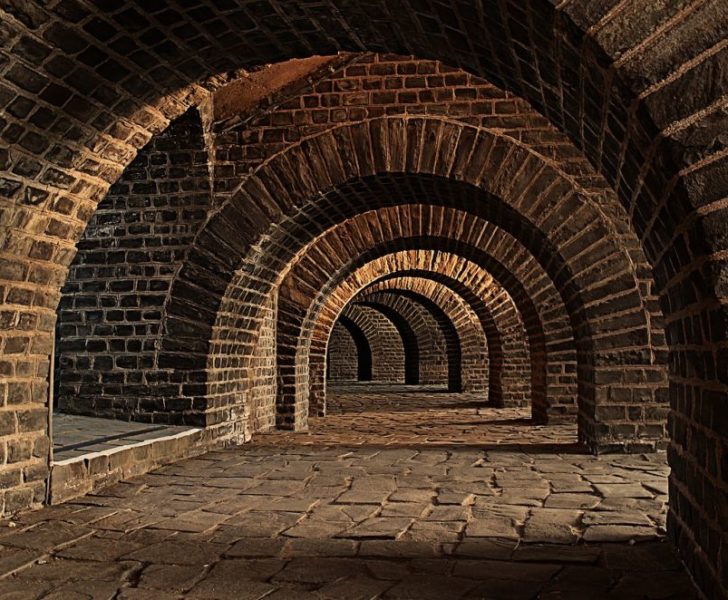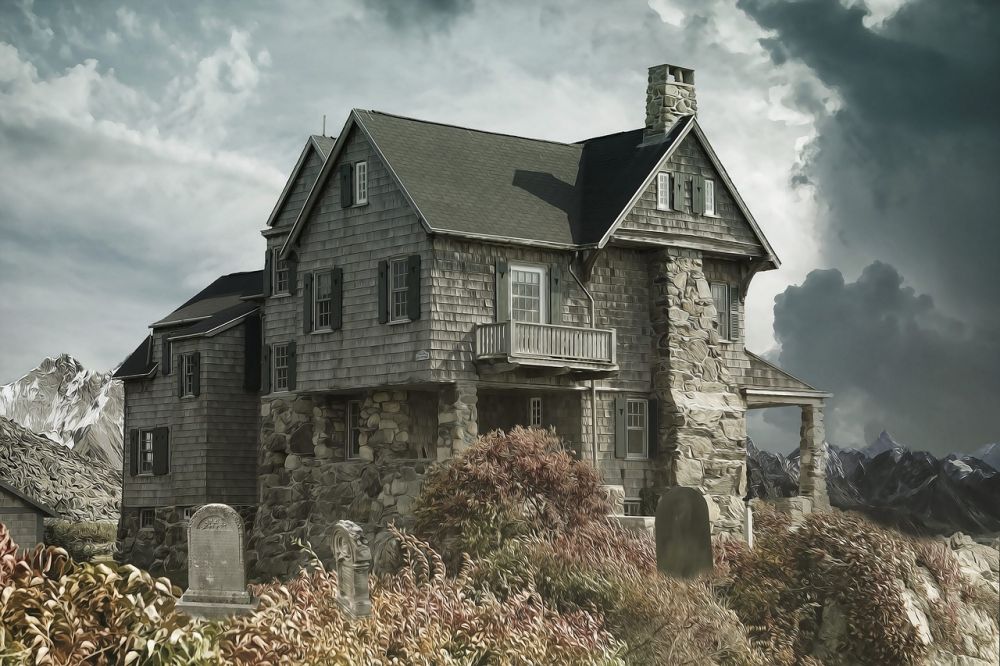Barcelona Architect: Exploring the Marvels of Catalan Architecture

Introduction:
Barcelona, the cultural hub of Catalonia, Spain, is renowned for its stunning architecture that seamlessly blends modernity with tradition. From the whimsical creations of Antoni Gaudí to the sleek designs of contemporary architects, Barcelona is a treasure trove for architecture enthusiasts. In this article, we will take a deep dive into the world of Barcelona architecture, exploring its various styles, popular architects, historical significance, and quantitative measurements.
Overview of Barcelona Architecture:

Barcelona’s architectural landscape is diverse, with influences ranging from Gothic to Modernism. The city’s architecture reflects its rich history and the catalytic role it played during the Industrial Revolution. Buildings such as the Barcelona Cathedral and the Gothic Quarter showcase the city’s medieval heritage, while the Eixample district embodies the Modernist movement. Barcelona’s unique blend of styles has earned it the status of a UNESCO World Heritage Site.
Introduction to Barcelona Architect:
Barcelona architect refers to the multitude of architects and architectural firms contributing to the city’s urban development. These professionals specialize in various fields, including residential, commercial, and public design. From shaping skyscrapers to renovating historical landmarks, Barcelona architects are known for their innovative and imaginative approach to design. Some renowned architects in Barcelona include Antoni Gaudí, Lluís Domènech i Montaner, and Josep Puig i Cadafalch.
Types and Popularity of Barcelona Architect:
Barcelona architects cater to different architectural styles and project types. The city boasts a wide range of architectural designs, including Catalan Modernism, Gothic Revival, and Contemporary Architecture. Catalan Modernism, characterized by organic shapes and intricate details, gained popularity in the late 19th and early 20th centuries. Gaudí’s iconic Sagrada Família and Park Güell exemplify this style. In recent years, contemporary designs focusing on sustainability and efficiency have gained prominence.
Quantitative Measures of Barcelona Architect:
To understand the impact of Barcelona architecture, it is necessary to analyze quantitative measurements. The city’s skyline is dominated by contemporary high-rises, showcasing its dynamism and economic growth. Barcelona is also home to various architectural competitions and awards, such as the European Union Prize for Contemporary Architecture, highlighting the city’s commitment to architectural excellence. Additionally, the municipal government tracks the number of building permits issued each year, providing insight into the construction activity and architectural trends.
Distinguishing Features of Barcelona Architect:
Barcelona architecture stands out due to its unique combination of historical references and cutting-edge design. While certain architects embrace traditional styles and materials, others experiment with innovative techniques and materials. Barcelona architects often prioritize creating functional spaces that integrate with the surrounding environment. Moreover, their ability to incorporate artistic elements into their designs lends a touch of whimsy and creativity to the cityscape, setting it apart from other global architectural destinations.
Historical Overview of Advantages and Disadvantages:
Throughout Barcelona’s architectural history, various styles and approaches have had their advantages and disadvantages. For example, the Modernist movement resulted in groundbreaking designs but faced criticism for its cost and deviation from traditional aesthetics. On the other hand, contemporary architecture addresses sustainability concerns but can be accused of lacking contextual sensitivity. Understanding these historical debates helps us appreciate the evolution of Barcelona architecture and the ongoing quest for innovative yet practical designs.
Conclusion:
Barcelona architecture is a testament to the city’s rich cultural heritage and creativity. From the Gothic masterpieces to the avant-garde designs, Barcelona offers a fascinating exploration of architectural styles. The sheer diversity and ingenuity of Barcelona architects have shaped the city’s identity and continue to inspire architects worldwide. As Barcelona evolves, so too does its architecture, attracting future generations to push the boundaries of design.
In this article, we have provided a comprehensive overview of Barcelona architecture, delving into its various types, popular architects, quantitative measurements, distinguishing features, and historical significance. Whether you stroll along the Passeig de Gràcia or visit the Catalan Modernism museums, Barcelona’s architectural wonders are sure to leave you in awe. So, immerse yourself in the vibrant world of Barcelona architecture and experience the magic of its built environment.











